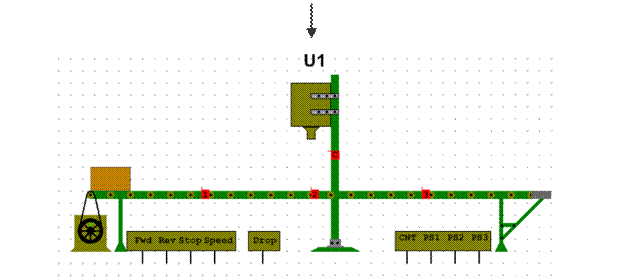Payback Method as an Investment Rule. Application and possible Problems.
Payback period in capital budgeting refers to the period of time required for the return on an investment to "repay" the sum of the original investment. For example, a $1000 investment which returned $500 per year would have a two year payback period. Payback period intuitively measures how long something takes to "pay for itself." Payback Period = Amount to be Invested/Estimated Annual Net Cash Flow. All else being equal, shorter payback periods are preferable to longer payback periods. Payback period is widely used because of its ease of use despite recognized limitations, described below. Simple Payback Method Payback considers the initial investment costs and the resulting annual cash flow. The payback period is the amount of time (usually measured in years) to recover the initial investment in an opportunity. Unfortunately, the payback method doesn’t account for savings that may continue from a project after the initial investment is paid back from the profits of the project, but this method is helpful for a “first-cut” analysis of a project. 1. Payback With Equal Annual Savings If annual cash flows are equal, the payback period is found by dividing the initial investment by the annual savings. Payback Period = Initial Investment Cost (in years) / Annual Operating Savings 2. Payback With Unequal Annual Savings In reality, there are significant costs such as depreciation and taxes that will cause cash flows to vary each year. If the annual cash flow differs from year to year, the payback period is determined when the accrued cash savings equal the initial investment costs (i.e., when the cumulative cash flow balance equals zero). Disadvantages: - ignores the timing of cash flows within the payback date, thus is insensitive to all cash flows occurring beyond this date and does not take into account the complete return which a project can generate and therefore it may reject a project which in the long term may be beneficial for a company - ignores the time value of money and opportunity costs; Advantages: easy to apply, it’s a rough measure of investment risk, beneficial for those companies who are recently established and want to know the time frame in which they would recover their original investment, therefore those companies which do not want to take risk and want quick return on their investments can select those projects which have a short payback period and ignore those projects which require long gestation.
|




